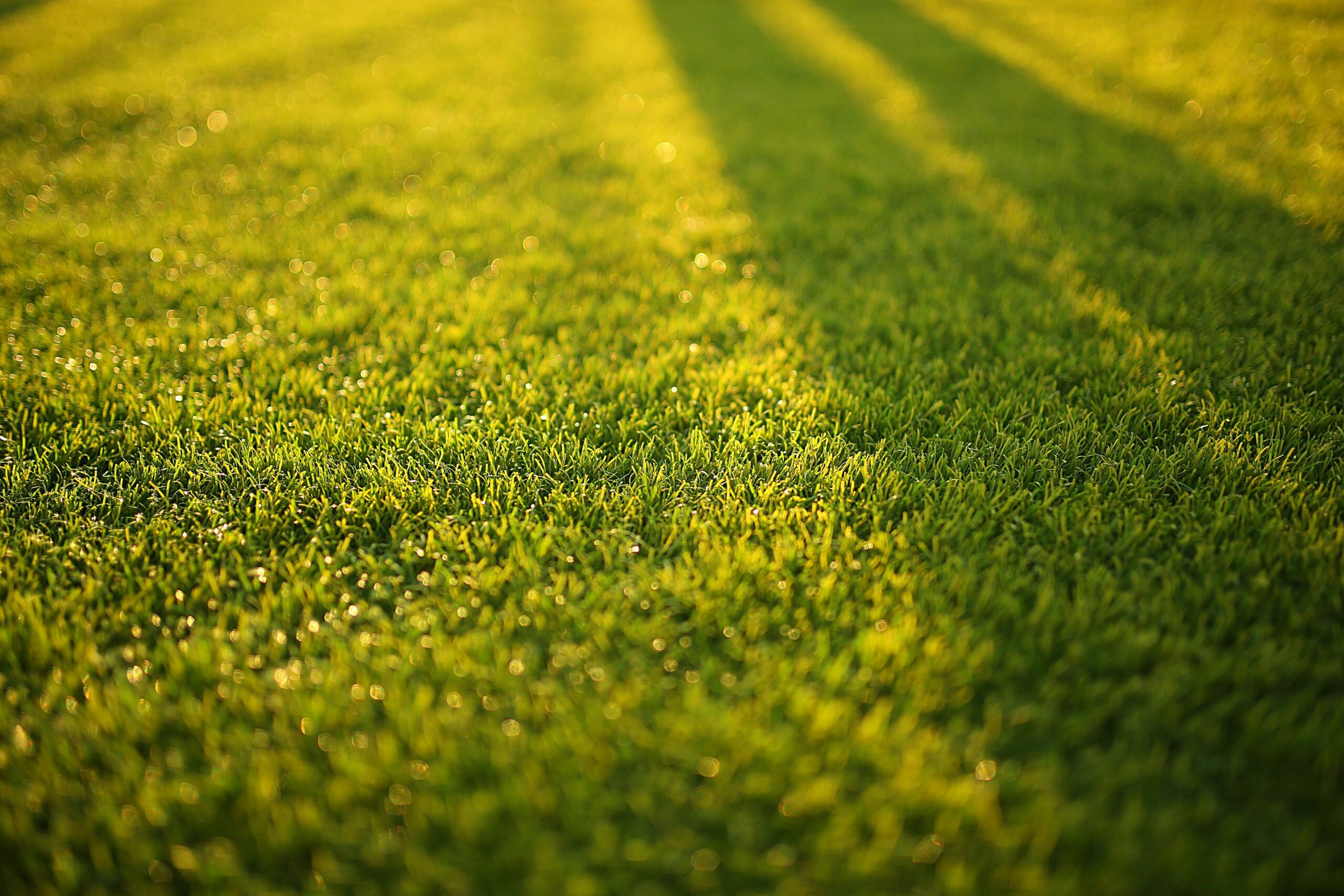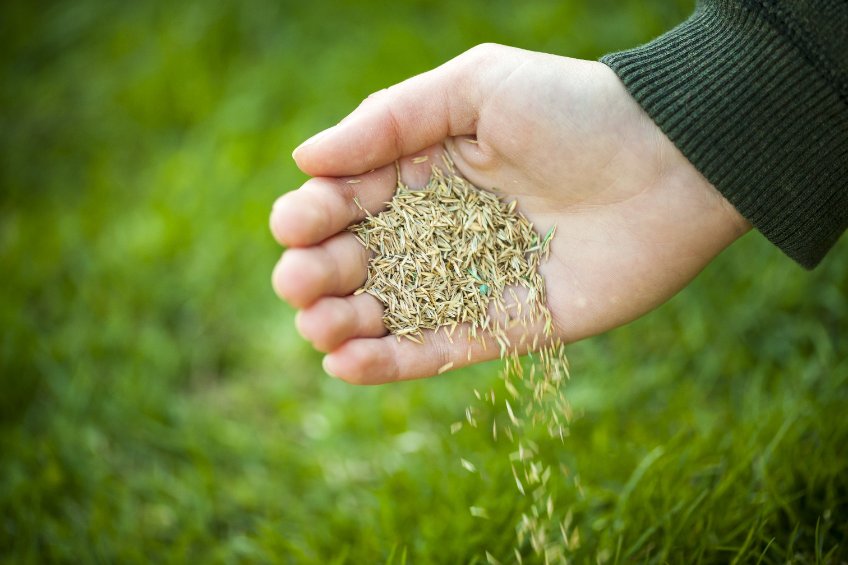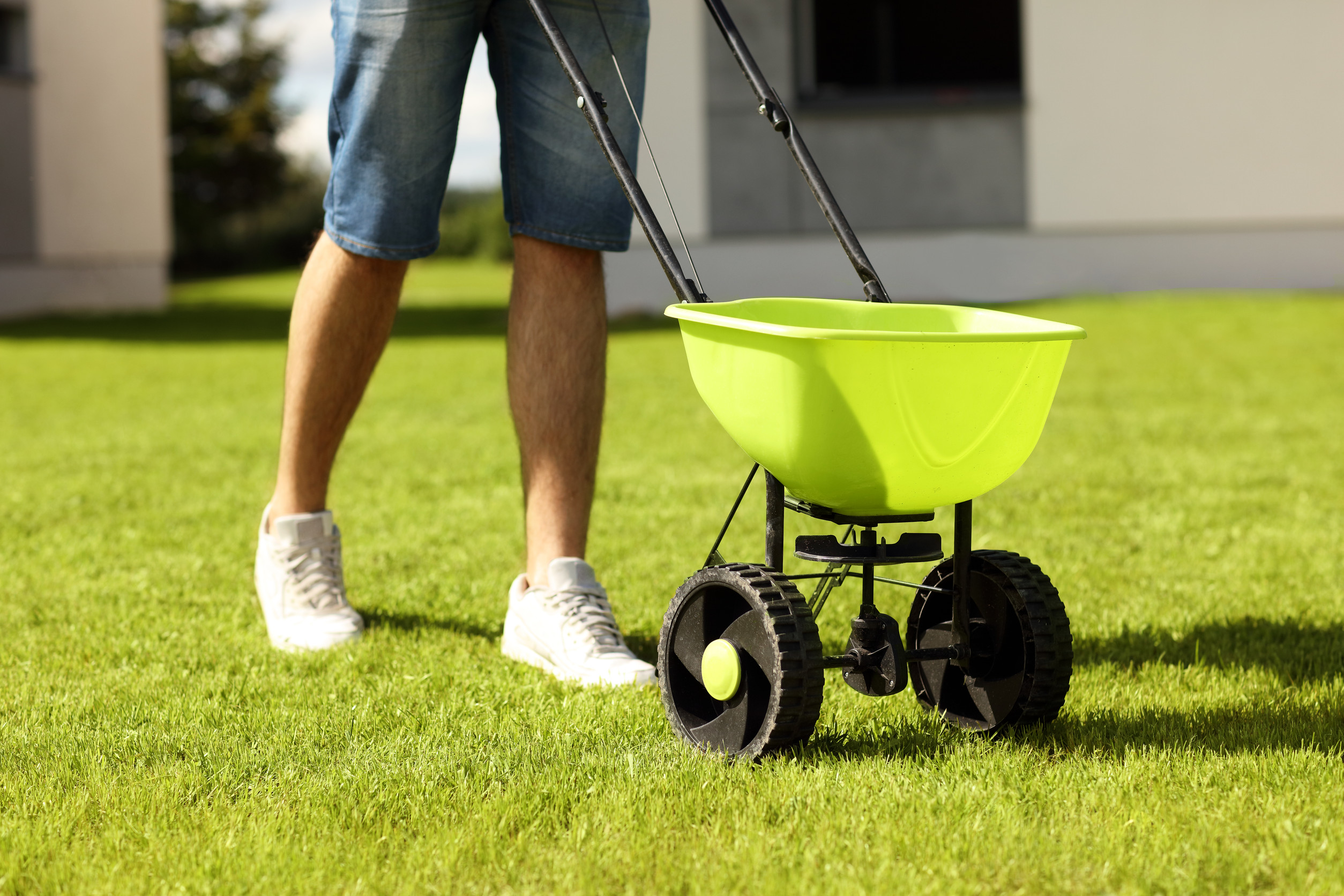You’ve just had fresh sod installed, and now you’re staring at your lawn wondering: “When can I finally stop babying this grass?” The good news? Sod roots faster than you might think—if you give it what it needs. Let’s break down the timeline and how to make sure your investment takes hold.
The Sod Rooting Timeline: What to Expect
Most sod takes 10-21 days to establish shallow roots, but full establishment takes 4-6 weeks. Here’s what happens when:
✔ First 5-7 Days: Grass focuses on survival (you’ll see some browning at edges – this is normal!)
✔ Week 2-3: White roots begin penetrating soil (do the “tug test” – if you can’t lift a corner easily, roots are forming)
✔ Week 4-6: Deep root system develops (now resistant to drought and foot traffic)
Pro Tip: Cool-season grasses (like fescue) root faster than warm-season varieties (like Bermuda or Zoysia).
5 Ways to Help Sod Root Faster
-
Water Like Clockwork
-
Days 1-10: Keep sod constantly moist (water 2-4x daily)
-
Days 11-20: Reduce to 1-2x daily
-
Week 3+: Water deeply every 2-3 days
-
-
Stay Off the Grass!
No foot traffic (yes, even Fido!) for at least 2 weeks. One shortcut can create air pockets under the sod. -
Mow at the Right Time
Wait until sod passes the tug test (usually 2-3 weeks), then only cut the top 1/3 of blades. -
Fertilize Strategically
Apply starter fertilizer at installation, then again at 4-6 weeks to encourage deep roots. -
Prevent Weeds Without Harming Sod
Learn how to prevent weeds in new sod without chemicals that could stunt rooting.
Troubleshooting Slow-Rooting Sod
🚩 Red Flags That Need Attention:
-
Sod lifting easily after 3 weeks → Underwatered or poor soil contact
-
Persistent browning → Overwatering or fungal issues
-
Squishy feel → Likely overwatered (roots are drowning)
When to Call the Pros: If your sod isn’t rooting after 3 weeks of proper care, our sod installation experts can diagnose soil or drainage issues.
The Big Payoff
Once rooted (about 6 weeks), your sod will be:
✓ Drought-resistant
✓ Ready for regular use
✓ Thick enough to crowd out weeds
Common Questions Answered
How long before I can walk on new sod?
You should wait at least 2 to 3 weeks before walking on newly laid sod. This gives the grass time to begin rooting into the soil, reducing the risk of damaging the delicate new growth.
How often should I water newly laid sod?
New sod needs to be watered daily for the first 10–14 days, ideally in the early morning. Keep the soil consistently moist but not soggy to help the roots establish properly.
How long does it take for sod to root into the ground?
Shallow rooting typically begins within 10 to 14 days, but full root establishment can take 4 to 6 weeks. During this time, proper watering and minimal foot traffic are crucial.
Can you overwater new sod?
Yes, overwatering new sod can lead to root rot, fungus, and poor root development. It’s important to keep the soil moist but not waterlogged—adjust watering based on weather and soil drainage







